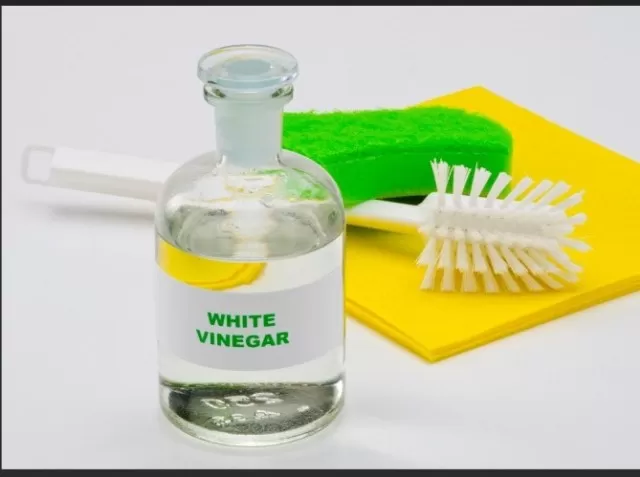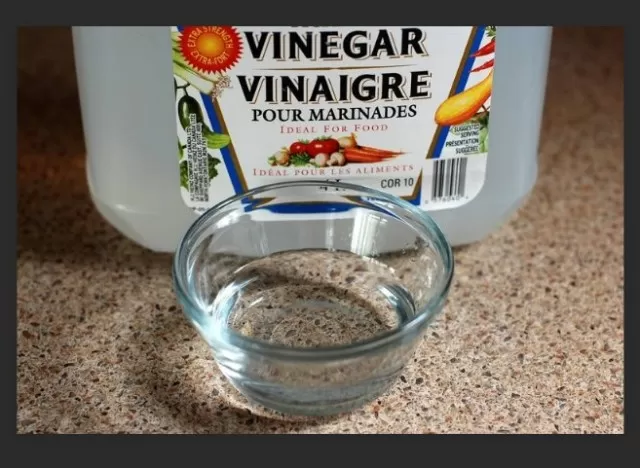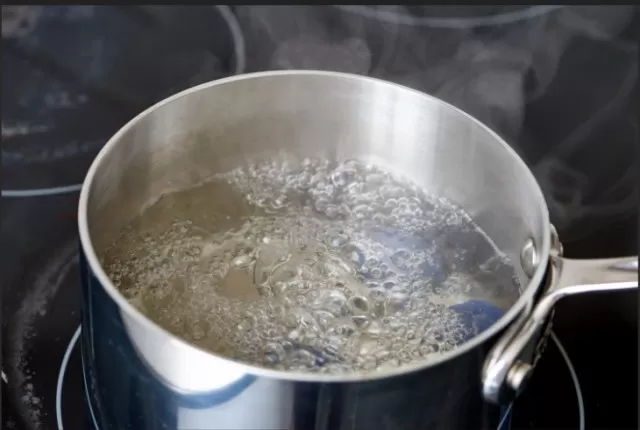Common Natural Disinfectants You Likely Have. Elevate your cleaning routine with these eco-friendly and non-toxic alternatives, which not only effectively clean but also contribute to a healthier environment for your home and loved ones.
Bid farewell to harsh chemicals and welcome these gentler optionsRemember to always test a small, inconspicuous area before using any alternative cleaner on a larger surface. While these alternatives are generally safer than harsh chemicals, it’s essential to ensure they are compatible with the surfaces you’re cleaning. By making the switch to these non-toxic options, you’ll not only achieve a sparkling clean home but also contribute to a healthier living environment for you and your family.
Utilize Your Existing Resources: Discover the Power of Everyday Items

When your collection of cleaning supplies starts to dwindle, there’s no need to rush to the store.
Instead, consider tapping into the resources readily available in your pantry or medicine cabinet. Many common household items possess inherent disinfecting and sanitizing qualities, making them valuable assets for germ eradication and maintaining a spick and span living space.
It’s important to distinguish between cleaning, sanitizing, and disinfecting: cleaning eliminates dirt and debris, sanitizing reduces germ populations, and disinfecting annihilates germs. The recommended approach involves initially cleansing surfaces with soap and water, followed by allowing disinfectants ample time to settle and penetrate, thus optimizing their germ-fighting potential.
Continue reading to unveil a compilation of the top seven natural cleaning supplies that are likely already at your disposal.
Harness the Power of Rubbing Alcohol
Various types of alcohol, such as ethyl alcohol and isopropyl alcohol, prove their mettle as potent disinfectants when maintained at a 70 percent concentration— the standard ratio found in rubbing alcohol.
Combine these alcohol variants with aloe vera gel to concoct your own hand sanitizer at home, or utilize them undiluted to effectively eliminate germs, encompassing notorious culprits like influenza viruses and even the coronavirus. It’s worth noting that the majority of consumable alcohols like vodka and gin lack the requisite alcohol concentration for disinfection purposes; nevertheless, they find utility in polishing metallic faucets and imbuing fabrics and malodorous footwear with a refreshing aroma.
The Versatility of White Vinegar: An Essential Pantry Asset

White vinegar, a staple found in your pantry, takes the spotlight as an exceptional all-purpose cleanser, courtesy of its remarkable acidity.
Crafted from a blend boasting approximately 5 percent acetic acid blended with water, this adaptable liquid proves itself reliable for sanitizing a wide array of surfaces, effectively eliminating a range of food-borne pathogens including the notorious E. coli.
Its prowess shines when combating mildew, and when combined with baking soda, it transforms into a foamy solution that excels at tackling stubborn stains through vigorous scrubbing. However, it’s important to note that its potency falls short of eradicating most viruses, and it’s not a suitable defense against viral adversaries such as the COVID-19-causing coronaviruses.
Lemons: Unleash Their Cleaning Potential
Embrace the cleaning potential of lemons and turn life’s citrus bounty into a bathroom-cleaning marvel! The juice extracted from these profoundly acidic fruits boasts antimicrobial attributes.
While not potent enough to earn the title of a full-fledged disinfectant, it certainly wields the ability to purify solid surfaces, enhancing the luster of faucets and even copper cookware, all the while imparting a delightful fragrance. Employ a halved lemon as a natural scrubbing tool on impermeable surfaces, or blend its forces with vinegar to produce an effective cleansing spray.
Harnessing the Might of Steam and Boiling Water

Believe it or not, the sheer power of steam generated by hot water can serve as a formidable disinfectant, particularly when the temperature exceeds 250 degrees Fahrenheit.
Steam cleaners have the potential to obliterate up to a staggering 99% of dust mites, as well as harmful bacteria like E. coli and salmonella.
However, it’s important to note that there’s limited evidence to support its effectiveness in warding off viral threats. Meanwhile, boiling water emerges as another tool in the disinfection arsenal, capable of purifying objects and textiles that can endure both the humidity and the heat.
While utilizing these methods, exercise caution to avoid any inadvertent burns and ensure your safety throughout the process.
*The information is for reference only.